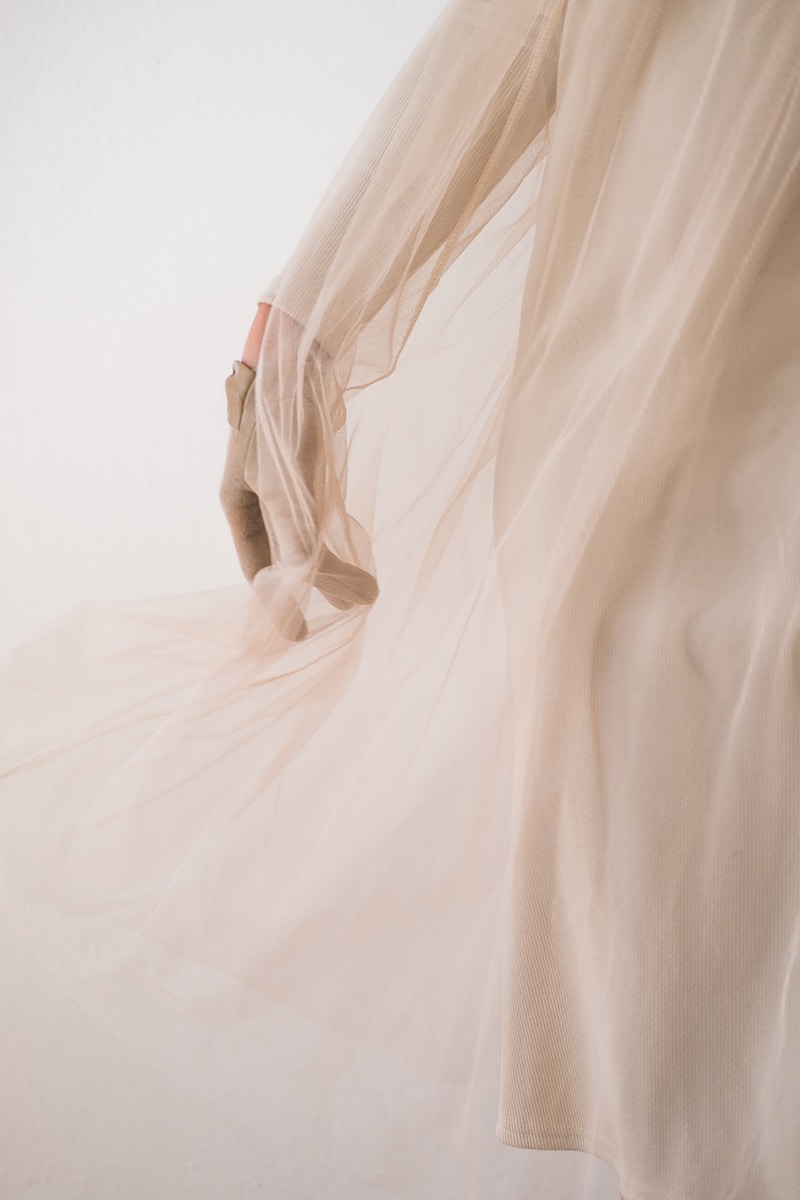Customizing Your Wedding Dress Experience: A Guide to a Perfect Fit and Personal Touch
Introduction
Your wedding day is one of the most significant moments in your life, and your wedding dress plays a crucial role in making you feel special and beautiful. Customizing your wedding dress experience is not just about selecting a gown; it’s about crafting a timeless piece that reflects your personality and style. This guide will explore the various aspects of customizing your wedding dress, ensuring you make informed choices and enjoy the process.
Why Customize Your Wedding Dress?
Many brides opt for customization when selecting their wedding dress for several reasons:
- Fit: Every body is unique. Custom Wedding dresses are tailored to your specific measurements, ensuring you get the perfect fit that flatters your body type.
- Style: Customization allows you to incorporate personal elements and styles, making your dress one-of-a-kind.
- Quality: Custom dresses often use higher-quality fabrics and craftsmanship, ensuring durability and elegance.
- Sentimental Value: A customized dress can include special features or fabrics that hold personal significance.
Steps to Customize Your Wedding Dress Experience
Embarking on the journey of customizing your wedding dress can be both exciting and overwhelming. Here’s a step-by-step guide to simplify the process:
1. Set a Budget
Before diving into the customizing process, determine how much you are willing to spend. Custom Wedding dresses can vary widely in price, depending on the designer, fabric, and level of detail. Having a clear budget helps you narrow your options and avoid overspending.
2. Research & Inspiration
Start gathering inspiration for your dress. Use platforms like Pinterest and Instagram to find styles you love. Save images of dresses that resonate with you, focusing on elements like neckline, silhouette, fabric, and embellishments.

3. Choose a Designer or Boutique
Finding the right designer or boutique is crucial for a successful customization experience. Look for professionals with a strong portfolio, positive reviews, and a style that aligns with your vision. Schedule consultations to discuss your ideas and expectations.
4. Take Measurements
Getting accurate measurements is essential for a perfect fit. Most designers will take your measurements, but it’s a good idea to have a trusted friend or family member assist if you’re working on DIY modifications. Consider the following measurements:
| Measurements | Description |
| Bust | Measure around the fullest part of your bust. |
| Waist | Measure at the narrowest part of your waist. |
| Hip | Measure around the fullest part of your hips. |
| Height | Measure from the top of your head to the floor, in your wedding shoes. |
5. Choose Your Fabrics
The fabric you choose can significantly impact the overall look and feel of your dress. Consider comfortable, breathable fabrics that suit the season of your wedding. Popular choices include silk, satin, chiffon, and lace. Don’t hesitate to bring fabric swatches to your designer for guidance.
6. Personalize Your Dress
Adding personal touches will make your dress truly yours. Consider these customization options:
- Color: While white is the traditional choice, many brides opt for shades like ivory, blush, or even bold colors.
- Embellishments: Beaded details, embroidery, and lace appliqués can add intricate details to your dress.
- Train Length: Decide on the length of the train—short, chapel, or cathedral—to match your wedding theme.
- Neckline and Sleeve Options: Experiment with different necklines and sleeve types to achieve your desired look.
The Fitting Process
Once your dress is designed and sewn, fittings are crucial for ensuring everything fits perfectly. Fittings typically include:
- Initial Fitting: This is where adjustments might be made based on the dress's overall fit.
- Adjustments: Your designer will take note of any areas that require adjustments, such as the bust, waist, and length.
- Final Fitting: This is the last chance to make changes before the big day. Ensure you wear the same undergarments and shoes you plan to wear on your wedding day for the most accurate fit.
Common Concerns When Customizing Your Wedding Dress
During the customization process, brides often have questions and concerns. Here’s how to address some common issues:
1. What If I Change My Mind?
It’s normal to feel uncertain throughout the customization process. Communicate openly with your designer about any changes you want to make. A good designer will guide you through adjustments and ensure you remain happy with your dress.
2. How Long Does Customization Take?
Generally, the customization process can take anywhere from 3 to 6 months, depending on the designer and complexity of the dress. Plan accordingly and start the process early to avoid last-minute stress.
3. Will Custom Dresses Be More Expensive?
Custom dresses may cost significantly more than off-the-rack options due to the craftsmanship involved. However, the personalized service and fit can make it worth the investment. Aim to find a balance between budget and quality.
Conclusion
Customizing your wedding dress experience can be a fulfilling journey that results in a stunning gown tailored just for you. By following the steps outlined in this guide, selecting the right designer, and personalizing every detail, you will create a seamless and joyful experience. Remember, your wedding dress is more than just a piece of clothing; it’s a symbol of love and celebration. Take your time, communicate openly with your designer, and enjoy this magical moment in your life.
To ensure the best possible customization experience, always keep open communication with your designer and prioritize features that matter most to you. Don’t hesitate to ask for advice, and above all, let your personality shine through in your dress choice. Happy planning!